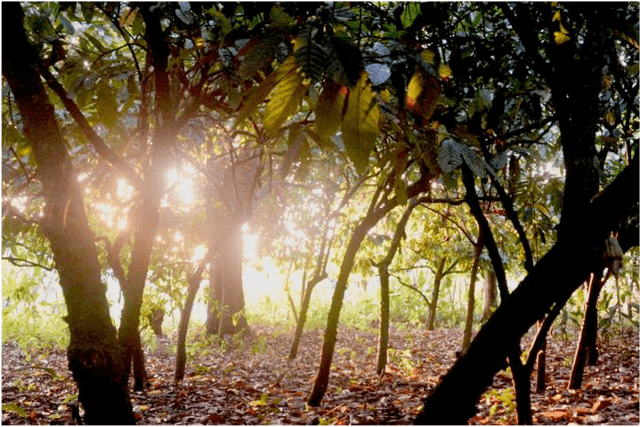
Christmas in Mexico
When Catholicism arrived in Mexico in the 16th century, Christian traditions beautifully mingled with existing indigenous culture, making Christmas in Mexico a feast unlike anywhere else in the world.
First of all, Christmas is not a one or two day event, but a feast of no less than 6 weeks, filled with processions, elaborate nativity scenes, fireworks, festive meals and piñatas. The party starts on 16 December with Las Posadas processions re-enacting Mary and Joseph's search for shelter. Every night, until December 24, ends in a fiesta with food, drinks and piñatas.
Mexicans love their nativity scenes, know as nacimientos, which they create both at home and in the public space. Every day new characters are added to the display, highlights being the arrival of baby Jesus on 25 December and the Three Kings on 6 January. Both days are celebrated with festivities, fireworks and family dinners.
February 2, exactly forty days after Christmas, is Dia de la Cendelaria, which marks the end of Mexico's Christmas celebrations. On this day people take figurines dressed up as the Christ child to church to have them blessed. Afterwards, there will be a closing party, a Mexican-style feast, which often includes eating tamales.
CHAMPURRADO
This chocolate based, warm and thick Mexican beverage is prepared with chocolate, corn flour, water or milk and may have spices and nuts, orange zest or egg. The drink is whipped with a wooden whisk called a molinillo. The drink goes back to the times of the Mayas and Aztecs, who used cacao beans in ceremonial drinks.
Today, champurrado is a traditional drink during Las Posadas – the period between 16 and 24 December. Since it is such a nice drink, some people also have it for breakfast, dunking churros or bread in the rich chocolate drink.
SOCONUSCO CHAMOLAPITA CACAO
Silva sources Soconusco cacao from the Chamolapita fermentation centre, located in the shadow of Volcono Tacana close to the border with Guatemala. Smallholder farmers grow heirloom cacao since time immemorial. They bring the wet beans to Chamolapita centre, where it is received by manager Don Elfidio and his son Elfidio Junior. Father and son apply strict post-harvesting protocols, resulting in a complex and remarkable flavour profile with balanced acidity and a full chocolaty body. First flavour that touches the pallet is dried fruits, notably prunes, followed nutty notes and subtle hints of spices, such as pepper, cardamom, nutmeg and cinnamon. A profile ticking all the boxes of Christmas flavours!
